Home>Renovation & DIY>Tools & Equipment>What Are Different Paint Brushes Used For
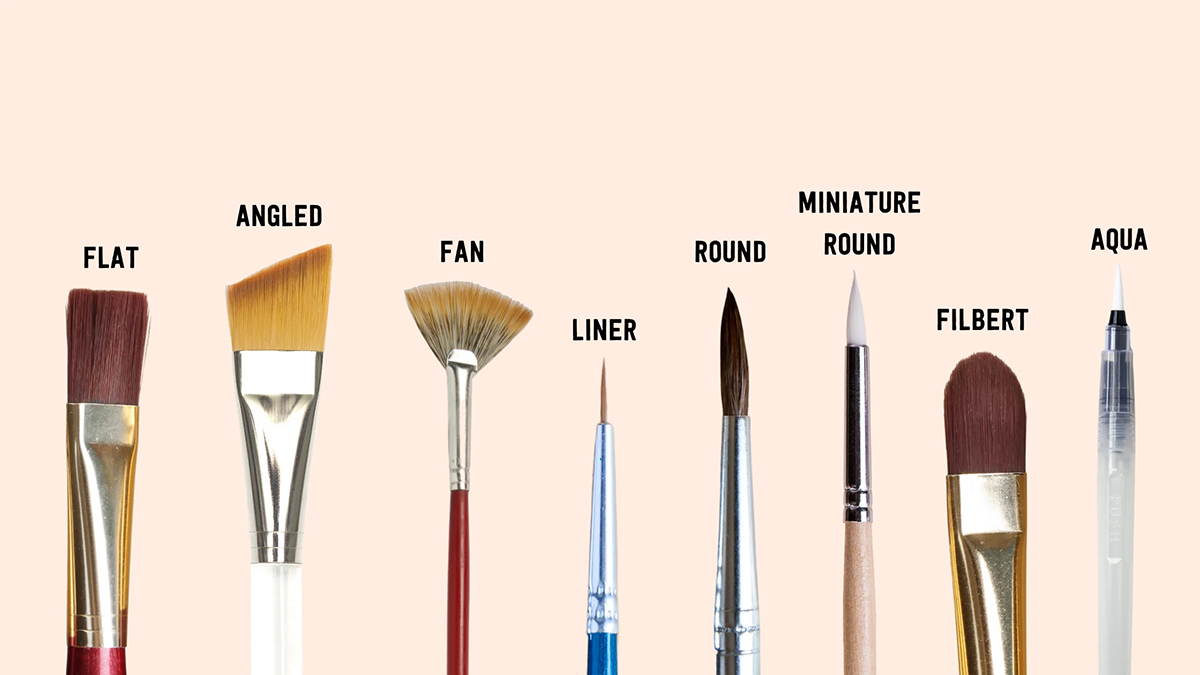

Tools & Equipment
What Are Different Paint Brushes Used For
Modified: January 9, 2024
Discover the various uses of different paint brushes with this comprehensive guide. From fine detail work to broad strokes, find the perfect tool for your next project.
(Many of the links in this article redirect to a specific reviewed product. Your purchase of these products through affiliate links helps to generate commission for Storables.com, at no extra cost. Learn more)
Introduction
When it comes to painting, having the right tools can make all the difference. One of the most essential tools in any painter’s arsenal is the paintbrush. Paintbrushes come in various shapes and sizes, each designed for a specific purpose. Understanding the different types of paint brushes and their uses can help you achieve the desired results in your artwork or home improvement projects.
In this article, we will explore the various types of paint brushes and their specific applications. Whether you are a professional artist or a DIY enthusiast, learning about the different paint brush types will empower you to choose the right brush for your project.
Key Takeaways:
- Choose the right paint brush for your project to achieve desired results. From flat to round, filbert to fan, each brush has unique applications. Consider bristle type and size for optimal performance.
- Proper care and maintenance of paint brushes are crucial for longevity and performance. Clean thoroughly, reshape bristles, and let them air dry before storing. With the right knowledge, unleash your creativity with confidence.
Read more: What Are Silicone Paint Brushes Used For
Flat Brush
The flat brush is one of the most versatile paint brushes available. It is characterized by its rectangular shape and straight bristles, which provide a crisp and even stroke. Flat brushes come in various sizes, from small to large.
The flat brush is commonly used for large areas and broad strokes, making it ideal for painting backgrounds, landscapes, and filling in large areas of color. Its shape allows for quick coverage and efficient paint application. Additionally, the straight edge of the brush is perfect for creating straight lines and sharp edges.
Depending on the size, a flat brush can be used for both thick and thin applications of paint. A large flat brush is suitable for covering big areas with bold strokes, while a smaller flat brush can be used for more detailed work or for applying thinner glazes and washes.
Artists also favor flat brushes for blending colors and creating smooth transitions between different shades. The broad shape of the brush makes it easy to achieve soft, gradual gradients. It is also a popular choice for faux finishing techniques, such as creating the look of wood grain or marbling.
In addition to artwork, flat brushes are widely used in interior and exterior house painting. Their large size and even application make them ideal for painting walls, ceilings, and furniture. They can quickly cover large surfaces, saving time and effort.
When choosing a flat brush, look for one with high-quality bristles that are firmly secured in the ferrule. This ensures that the brush will hold its shape and provide optimal performance. Synthetic bristles are suitable for water-based paints, while natural bristles are better for oil-based paints.
To prolong the life of your flat brush, clean it thoroughly after each use and store it properly. Prompt cleaning prevents paint from drying and stiffening the bristles, ensuring that your brush will remain in good condition for future projects.
Round Brush
The round brush is a versatile paintbrush with a circular or pointed tip and a round ferrule. It is commonly used for detailed work, outlining, and adding fine lines and intricate details to a painting.
Round brushes come in various sizes, ranging from very small to larger sizes. The smaller round brushes are suitable for delicate work, such as painting fine lines, adding small details, and intricate designs. As the brush size increases, it becomes more suitable for broader strokes and filling in larger areas.
The round brush is often favored by watercolor artists and illustrators because of its ability to create smooth, controlled lines. It is ideal for creating precise details, highlights, and shadows. With a round brush, artists can achieve a range of effects, from thin, precise lines to broader strokes with just a flick of the wrist.
Due to its pointed tip, the round brush can also be used for creating textures and patterns, such as stippling or cross-hatching. It allows artists to experiment with different techniques and styles to add depth and dimension to their artwork.
In addition to its use in painting, the round brush is also commonly used in nail art and model painting. Its small size and precise control make it an excellent tool for intricate designs and adding fine details to a variety of surfaces.
When selecting a round brush, consider the type of bristles and the size of the brush that best suits your needs. Synthetic bristles are suitable for water-based paints, while natural bristles are better for oil-based paints. Opt for a brush with a comfortable handle that allows for a steady grip and control during painting.
To ensure the longevity of your round brush, clean it thoroughly after each use. Rinse the brush with warm water and mild soap to remove any paint residue. Gently reshape the bristles into a point and let the brush air dry or use a brush stand to ensure proper drying and prevent damage to the bristles.
Filbert Brush
The filbert brush is a versatile paintbrush with a flat, oval-shaped tip that resembles a cat’s tongue. It is a hybrid between a flat brush and a round brush, providing the advantages of both shapes in one brush.
The filbert brush is particularly popular among oil and acrylic painters. Its rounded tip allows for more control and precision than a flat brush, making it ideal for blending, soft edges, and smooth transitions. The shape also enables the artist to create a variety of brush strokes, from thin lines to broad strokes with a slight curve.
One of the primary uses of the filbert brush is creating natural and organic shapes, such as leaves, petals, and clouds. The rounded tip mimics the soft edges found in nature, allowing artists to create realistic and textured effects. It is also excellent for adding details and textures to landscapes, portraits, and still-life paintings.
Due to its versatility, the filbert brush is also suitable for both controlled and loose painting styles. With just a slight angle adjustment, artists can achieve different effects and brushstrokes. It can be used to cover large areas quickly or to add intricate details with precision, making it a valuable tool for both beginners and experienced painters.
When selecting a filbert brush, look for one with a good balance between firmness and flexibility. This will allow for smooth painting and optimal control. Synthetic bristles are suitable for water-based paints, while natural bristles work well with oil-based paints.
To keep your filbert brush in excellent condition, clean it thoroughly with warm water and mild soap after each use. Gently reshape the bristles to their original shape and make sure they are completely dry before storing to prevent damage.
Angular Brush
The angular brush is a unique paintbrush with angled bristles that form a slanted edge. This distinctive shape allows for precise and controlled brushstrokes, making it a versatile tool for both fine details and broader strokes.
The angled bristles of the brush lend themselves well to creating sharp lines, defined edges, and precise corners. This makes the angular brush ideal for tasks such as painting intricate designs, adding fine details, and creating precise shapes. It is particularly useful for painting architectural elements, such as windows, doors, and columns.
Artists also appreciate the angular brush for its ability to create interesting brushstrokes and textures. The angled shape allows for unique variations in the thickness and direction of the paint, adding depth and dimension to the artwork. It can be used for creating foliage, grasses, and other natural textures.
Another advantage of the angular brush is its versatility in different painting techniques. It can be used for both wet-on-wet and dry brushing techniques, allowing artists to experiment with various effects and styles. The angled bristles also make it easier to hold and control the brush for prolonged periods, reducing hand fatigue during long painting sessions.
When choosing an angular brush, consider the size of the brush and the type of bristles. Larger angular brushes are suitable for broader strokes and covering larger areas, while smaller brushes are better for detailed work. Synthetic bristles are suitable for water-based paints, while natural bristles are excellent for oil-based paints.
To properly care for your angular brush, clean it thoroughly with warm water and mild soap after each use. Gently reshape the bristles into their slanted shape and make sure the brush is completely dry before storing to maintain its shape and longevity.
Read more: What To Use For Cleaning Latex Paint Brushes
Fan Brush
The fan brush is a unique and versatile paintbrush with bristles that are spread out in a fan shape. This distinctive design allows for a wide range of brushstrokes and effects, making it a valuable tool for artists in various mediums.
The main purpose of the fan brush is to create soft, delicate, and textured effects. It is particularly effective for painting foliage, clouds, and other natural elements. The separated bristles of the fan brush allow for gentle blending and feathering, giving a realistic and soft appearance to brushstrokes.
One of the key advantages of the fan brush is its ability to create subtle and controlled gradations of color. By lightly sweeping the brush over the surface, artists can achieve smooth transitions and gentle shading. It is an excellent tool for achieving a sense of depth and dimension in a painting.
In addition to creating natural textures, the fan brush can also be used for various other techniques. It is a popular choice for dry brushing, where the brush is loaded with a small amount of paint and dragged lightly over the surface to create a textured or aged effect. The fan brush is also used for blending colors, highlighting, and adding fine details to a painting.
When selecting a fan brush, consider the size and firmness of the bristles. Larger fan brushes are suitable for broader strokes and covering larger areas, while smaller brushes are better for more detailed work. Synthetic bristles work well with water-based paints, while natural bristles are preferred for oil-based paints.
Proper care of your fan brush is essential to maintain its performance and longevity. After each use, clean the brush thoroughly with warm water and mild soap. Gently reshape the bristles into their fan shape and let the brush dry completely before storing to prevent damage to the bristles.
Different paint brushes are used for different purposes. For example, flat brushes are great for covering large areas, while round brushes are better for detail work. Consider the type of paint and surface you are working with when choosing a brush.
Mop Brush
The mop brush, also known as a wash brush, is a large, soft, and round-shaped paintbrush. It is characterized by its fluffy bristles and long handle, which allow for a high paint capacity and smooth, even application.
The mop brush is primarily used for washes, glazing, and creating soft, gradient backgrounds. Its large size and soft bristles make it ideal for covering large areas with a thin and even layer of paint. It is particularly useful in watercolor painting, where creating smooth washes and gentle color transitions is essential.
This brush’s soft and absorbent bristles hold a significant amount of water or paint, allowing artists to create beautiful flowing movement and blending effects. By loading the brush with a diluted paint mixture, the mop brush can create ethereal and transparent layers of color, adding depth and luminosity to a painting.
In addition to washes, the mop brush can also be used for dry brushing and softening edges. Its soft bristles can gently lift and spread paint, creating subtle textures and softening harsh lines. It is a valuable tool for adding finishing touches and refining details in a painting.
Due to its large size, the mop brush is not suitable for intricate details or precise work. However, it is an essential brush for artists who enjoy working with loose and expressive painting techniques. It allows for a more spontaneous and free-flowing approach, capturing the essence and mood of a subject.
When choosing a mop brush, look for one with natural or synthetic bristles that are soft and absorbent. Natural bristles, such as squirrel, goat, or synthetic imitation, are often preferred for their superior water-holding and paint-retaining capabilities.
After each use, thoroughly rinse the mop brush with warm water and mild soap to remove any paint residue. Gently reshape the bristles and allow the brush to air dry completely before storing it to prevent any damage to the bristles.
Detail Brush
The detail brush, as the name suggests, is a small paintbrush specifically designed for intricate and precise work. It is characterized by its fine and pointed bristles, allowing for intricate details and fine lines in a painting.
The small size of the detail brush makes it perfect for adding small details, highlights, and accents to a painting. Whether you are painting fine lines, textures, or small objects, the detail brush offers the control and precision needed to achieve intricate and delicate work.
The fine tip of the detail brush enables artists to paint with accuracy and create sharp and clean edges. It is commonly used for painting fine facial features, intricate patterns, lettering, and small objects in still-life paintings. Additionally, it is a favorite brush for miniature painting, where tiny details and precise brushwork are essential.
Detail brushes come in various sizes, ranging from extra-fine to small. The choice of size depends on the level of detail required and the size of the artwork. The smaller the brush, the finer the details that can be achieved.
When selecting a detail brush, look for one with high-quality bristles that are firmly secured in the ferrule. Synthetic bristles can be a good choice as they maintain their shape and performance over time. However, some artists prefer natural bristles for their ability to hold more paint and create smoother brushstrokes.
To ensure optimal performance and prolong the life of your detail brush, clean it thoroughly with warm water and mild soap after each use. Gently reshape the bristles and let the brush air dry completely before storing it. Avoid leaving the brush standing in water or allowing it to rest on its bristles for extended periods to prevent damage.
Liner Brush
The liner brush, also known as a script brush or rigger brush, is a long and thin paintbrush with a pointed tip. It is specifically designed for creating fine lines, intricate details, and delicate brushwork in a painting.
The liner brush’s long and thin bristles provide excellent control and precision, allowing artists to paint continuous, uninterrupted lines. It is commonly used for painting thin branches, intricate designs, calligraphy, and adding fine details to a variety of subjects.
One of the key advantages of the liner brush is its ability to hold a substantial amount of paint, which allows for long, continuous strokes. This makes it ideal for creating long, flowing lines and curves. The pointed tip also enables artists to vary the thickness of the line by applying more or less pressure, providing flexibility and versatility in brushwork.
Artists often use the liner brush for highlighting and outlining elements in a painting. It is particularly useful for adding highlights to hair, accentuating facial features, and enhancing texture. The fine bristles also allow for creating intricate patterns and details in various art styles, such as botanical illustrations or detailed landscapes.
When selecting a liner brush, look for one with bristles that are firm and springy. Synthetic bristles are often preferred for their ability to maintain their shape and resiliency. However, some artists still prefer natural bristles for their smoothness and ability to hold paint.
Proper care of the liner brush is essential to maintain its performance and longevity. After each use, clean the brush thoroughly with warm water and mild soap, gently swirling it to remove any paint residue. Gently reshape the bristles into a point and allow the brush to air dry completely before storing it. Avoid leaving the brush standing in water or resting on its bristles to prevent damage.
Read more: What Paint Brushes Did Bob Ross Use
Stencil Brush
The stencil brush, as the name implies, is a specialized paintbrush specifically designed for use with stencils. It is characterized by its short and stiff bristles and a flat, rounded shape.
The stiff bristles of the stencil brush allow for paint to be applied through the openings of a stencil with precision and control. The flat, rounded shape of the brush ensures even distribution of paint, reducing the likelihood of paint bleeding under the edges of the stencil.
When using a stencil brush, it is important to offload excess paint by dabbing the brush onto a paper towel or palette before applying it to the stencil. This prevents over-saturation and helps to achieve crisp and clean edges.
The stencil brush is commonly used in various art and craft applications, including home decor, fabric painting, and mixed media projects. It allows for the creation of repetitive patterns, intricate designs, and adding decorative elements to surfaces.
In addition to stencils, the stencil brush can also be used for dry brushing techniques, where a small amount of paint is applied to the surface with a light touch. This technique creates a subtle and textured effect, adding depth and dimension to the artwork.
When choosing a stencil brush, look for one with firm and resilient bristles. Synthetic bristles are often preferred for their ability to maintain their shape and performance over time. A variety of sizes are available, allowing you to select the appropriate brush size for your specific project.
After using a stencil brush, clean it thoroughly with warm water and mild soap. Gently reshape the bristles and let the brush air dry completely before storing it. This will ensure that the brush retains its shape and is ready for future stencil projects.
Conclusion
Choosing the right paint brush can greatly impact the outcome of your artwork or DIY project. Understanding the different types of paint brushes and their specific uses is essential for achieving the desired results.
From flat brushes to round brushes, filbert brushes to angular brushes, fan brushes to mop brushes, detail brushes to liner brushes, and stencil brushes, each brush has its unique characteristics and applications. Flat brushes are versatile and can cover large areas efficiently, while round brushes are excellent for creating precise lines and details. Filbert brushes offer a combination of control and soft blending, while angular brushes provide precise edges and corners. Fan brushes create soft textures and blends, while mop brushes are perfect for washes and smooth gradients. Detail brushes and liner brushes allow for intricate details and fine lines, while stencil brushes ensure clean and precise applications through stencils.
Choosing the right brush involves considering the type of bristles, size, and the specific needs of your project or artwork. Synthetic bristles are suitable for water-based paints, while natural bristles are better for oil-based paints. Selecting the appropriate brush size also depends on the scale of your work and the level of detail required.
Proper care and maintenance of your paint brushes are essential to ensure their longevity and performance. Clean your brushes thoroughly after each use, reshape the bristles, and let them air dry before storing them properly.
Whether you are a professional artist, a hobbyist, or a DIY enthusiast, having a variety of paint brushes in your collection will enable you to explore different techniques and achieve the desired effects in your creative projects.
So, next time you embark on a painting or home improvement project, armed with the knowledge of different paint brushes and their uses, you will be equipped to choose the right brush and unleash your creativity with confidence.
Frequently Asked Questions about What Are Different Paint Brushes Used For
Was this page helpful?
At Storables.com, we guarantee accurate and reliable information. Our content, validated by Expert Board Contributors, is crafted following stringent Editorial Policies. We're committed to providing you with well-researched, expert-backed insights for all your informational needs.
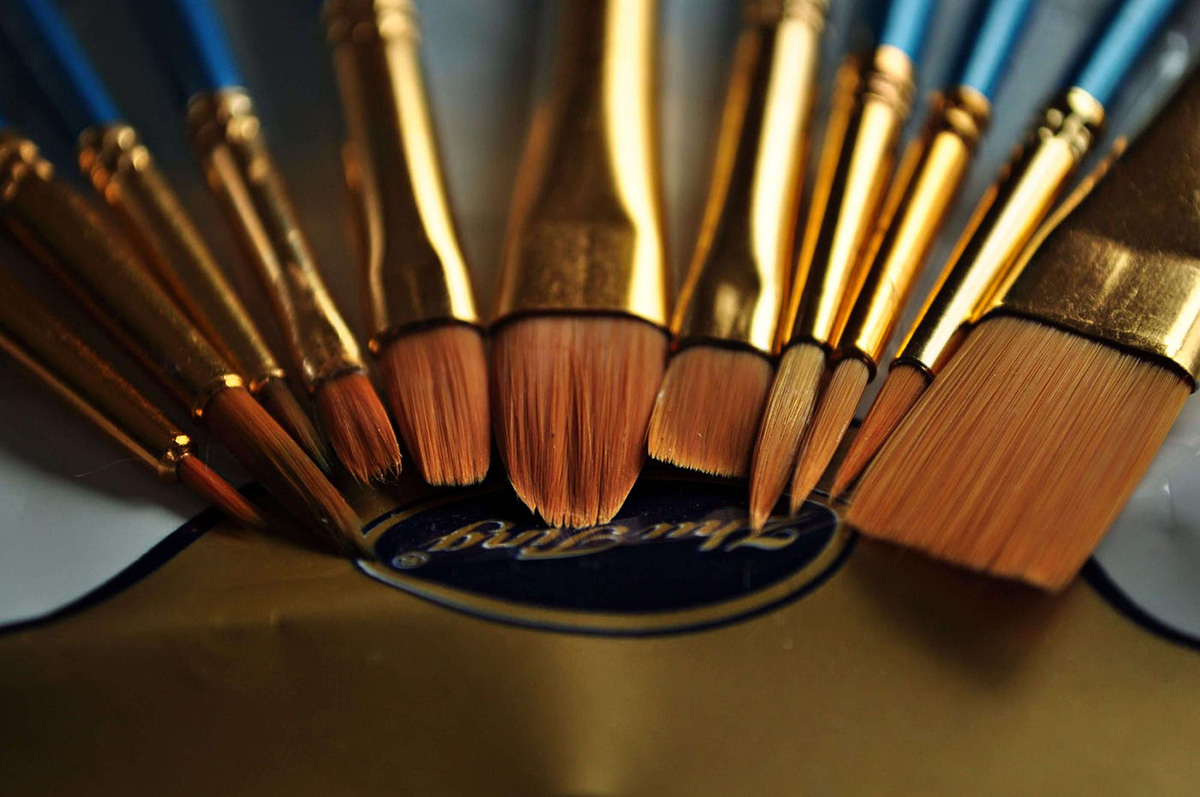
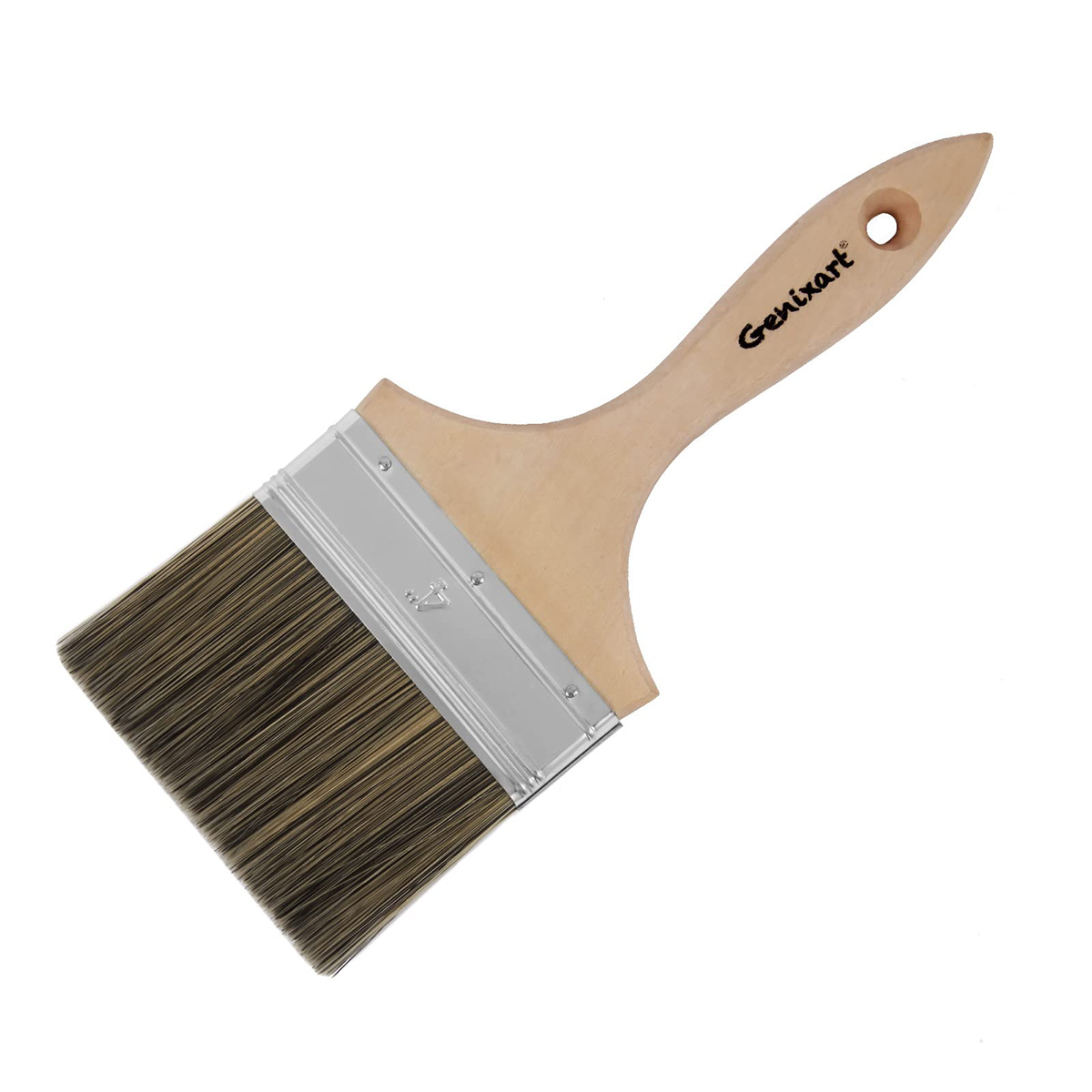
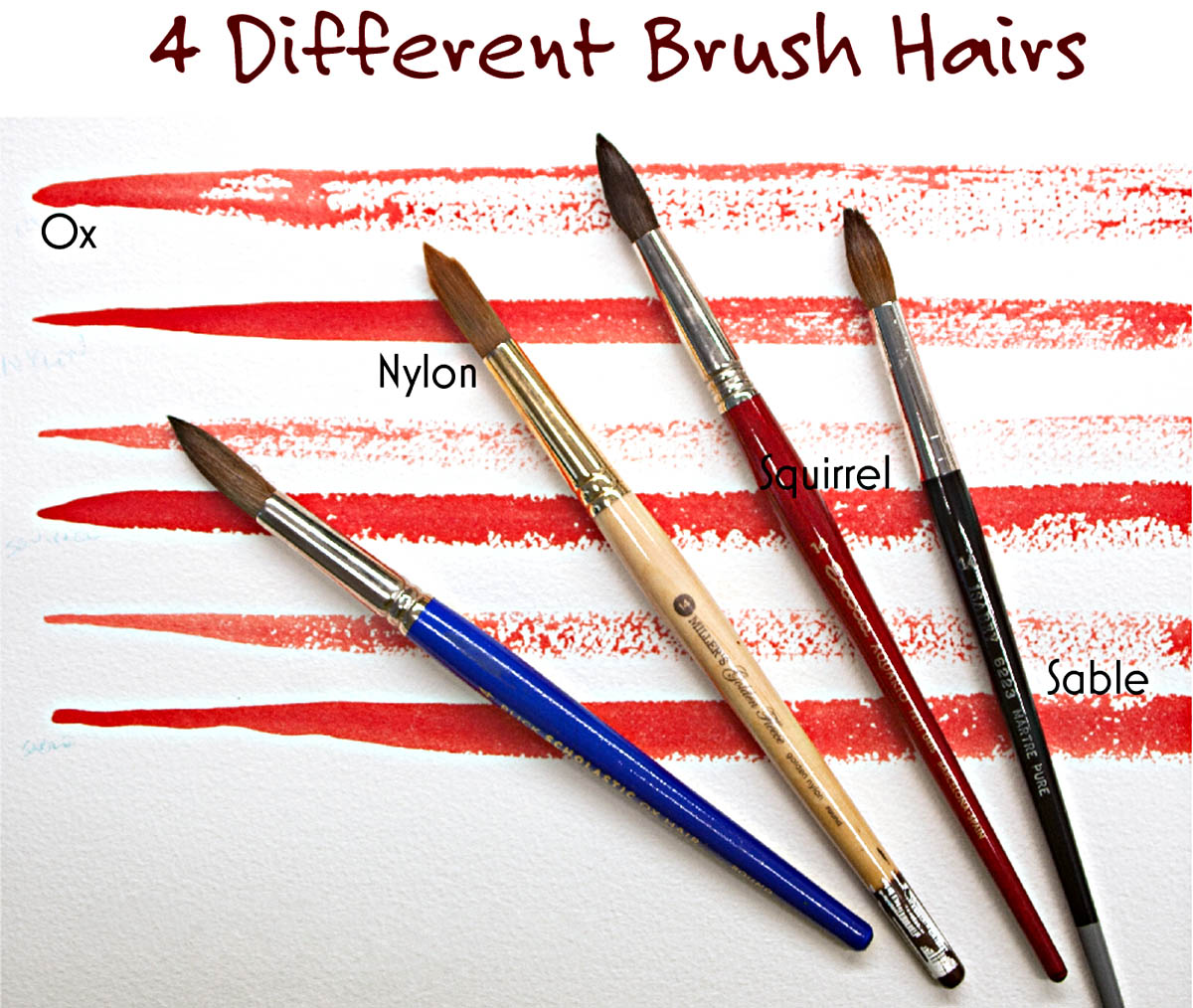
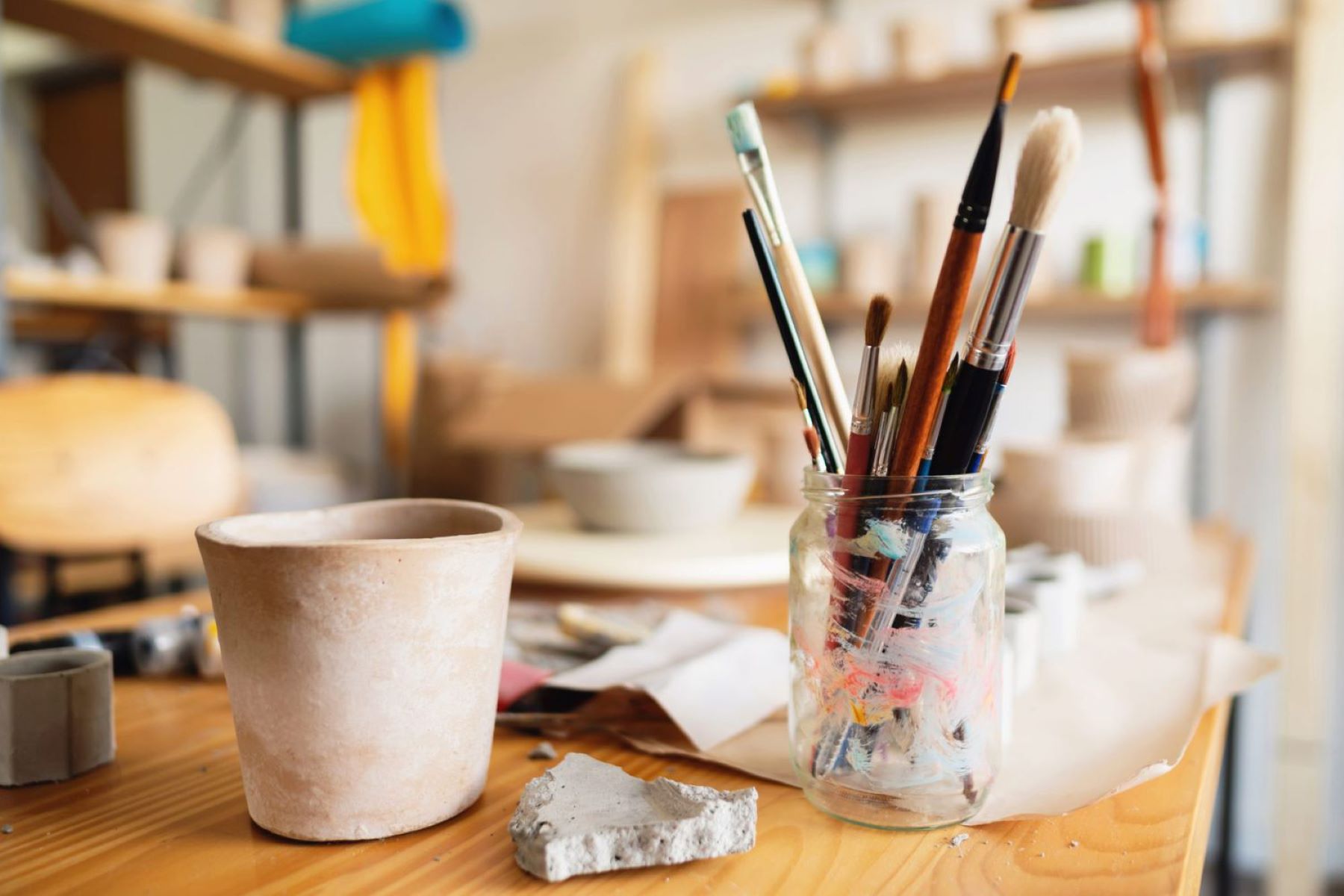

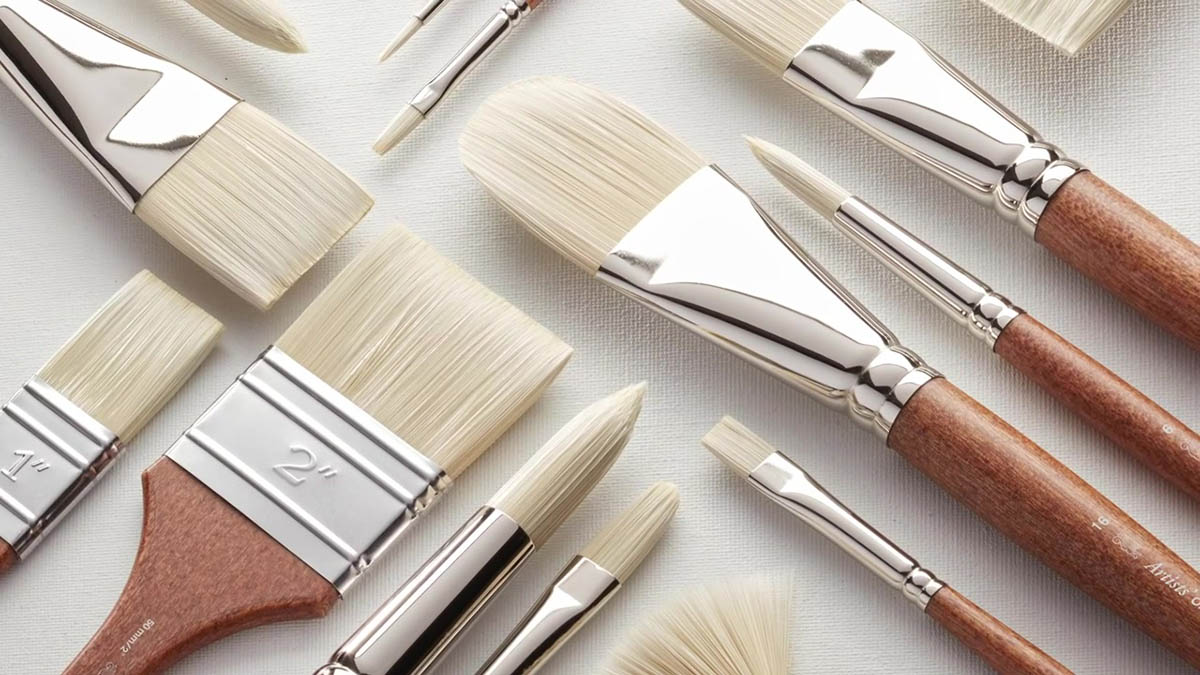
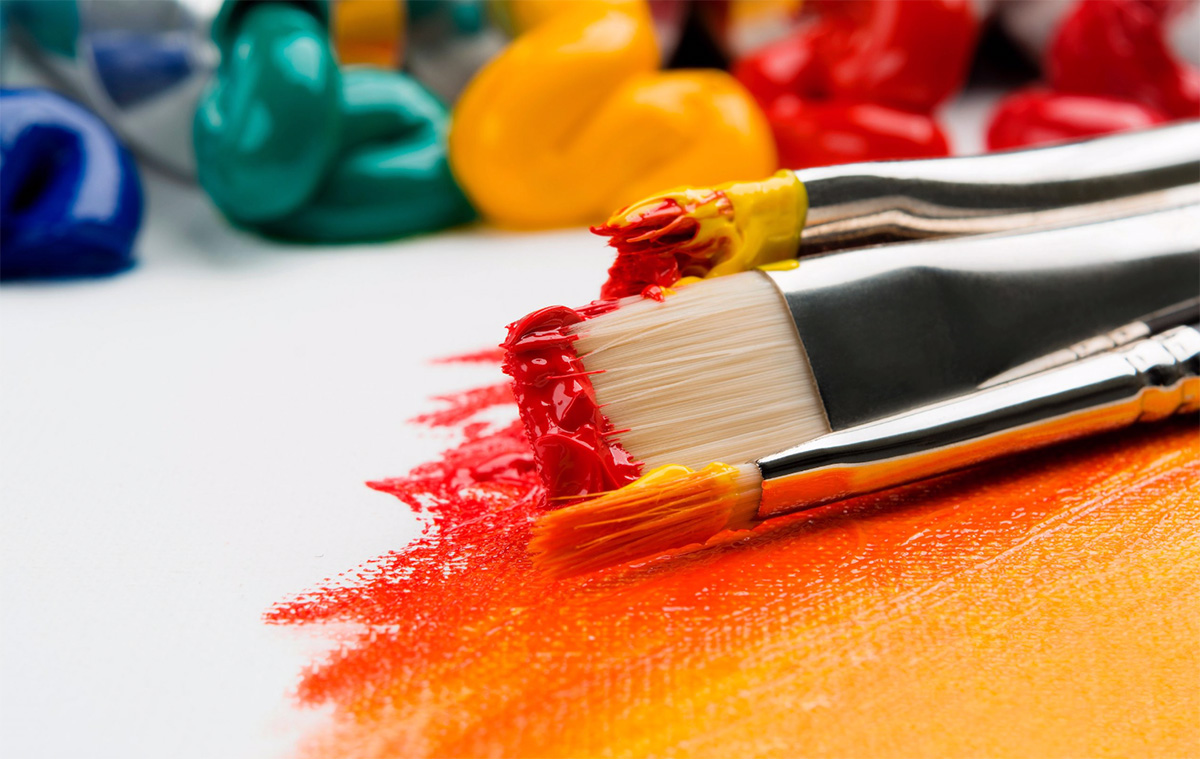
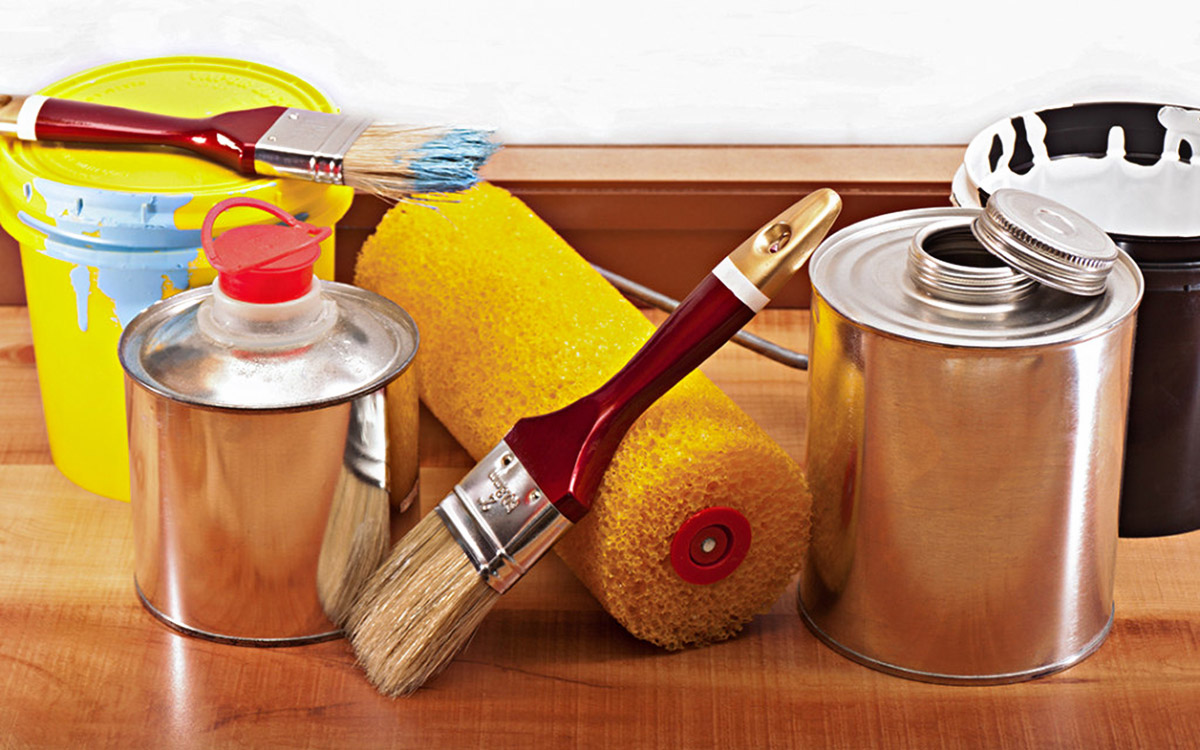


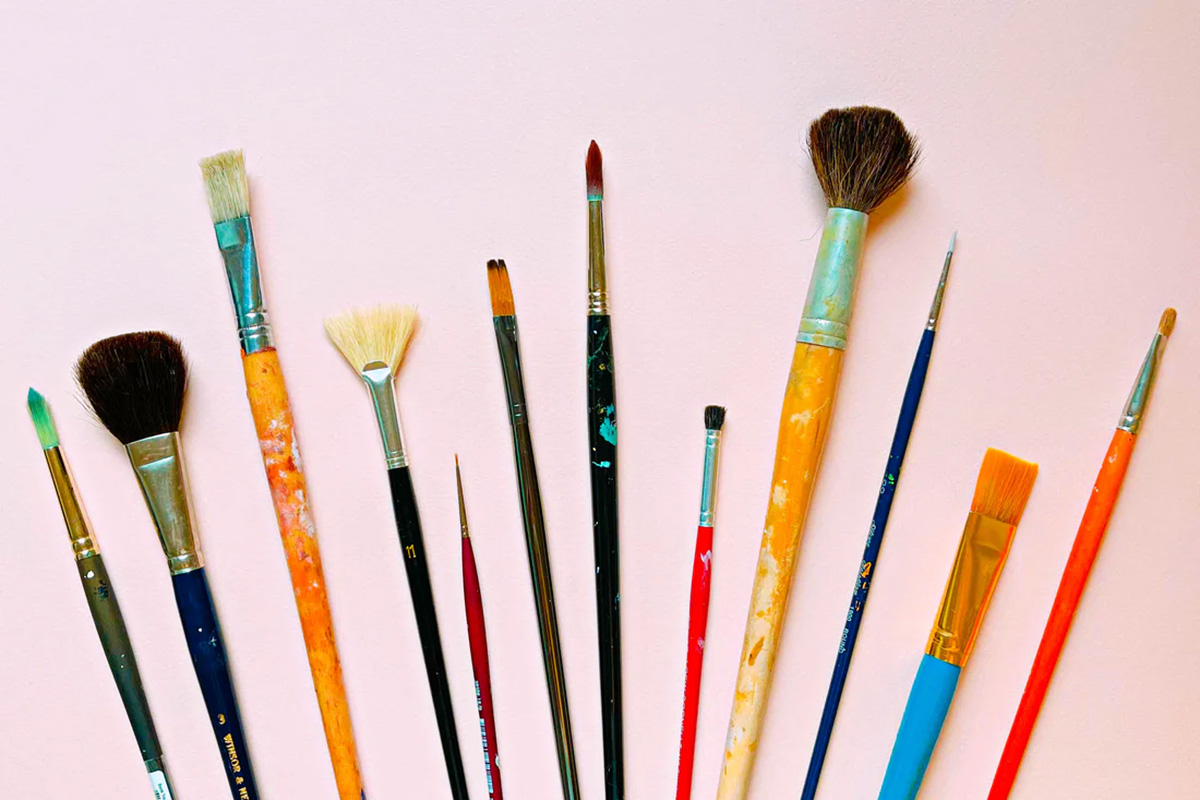

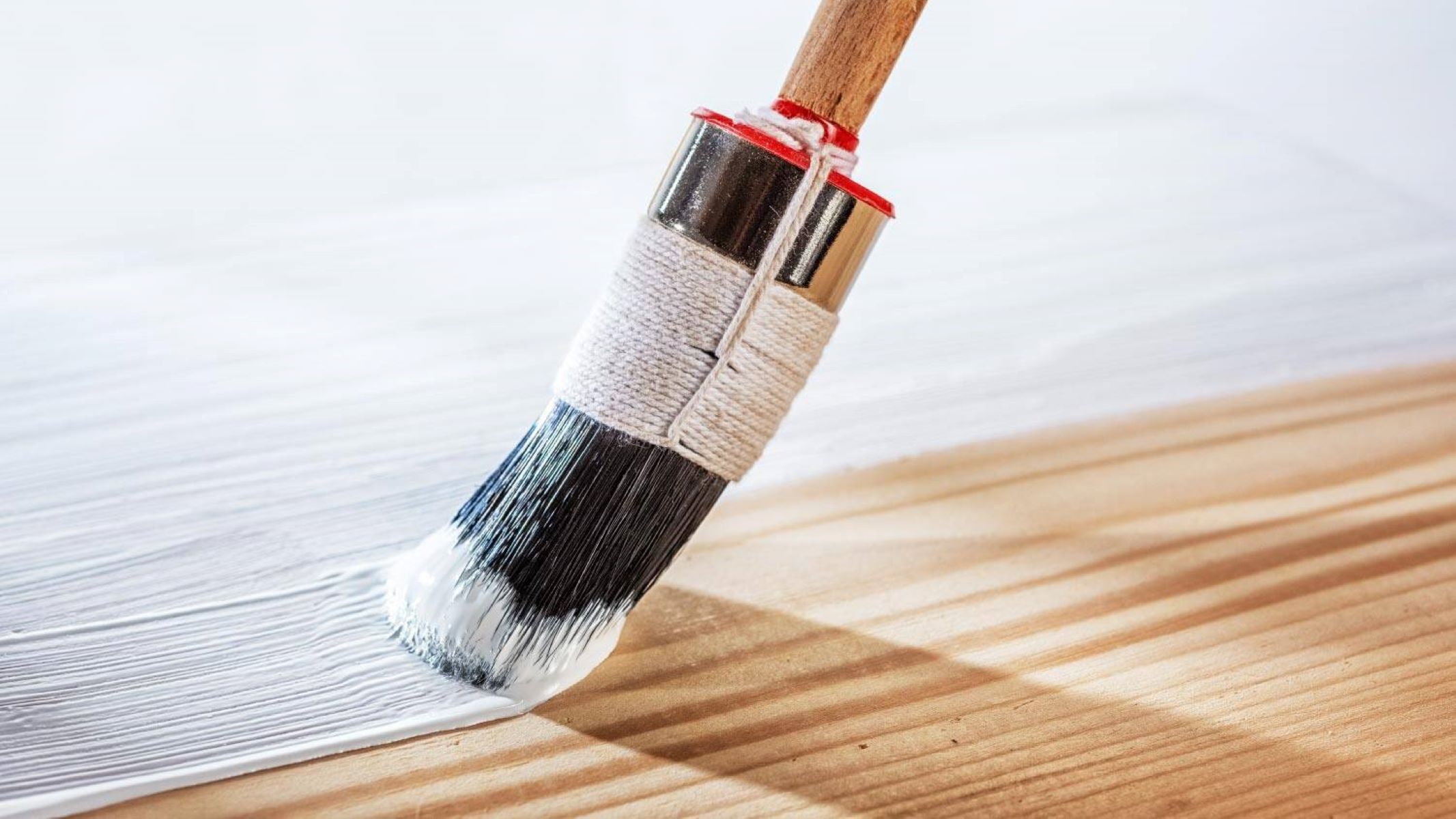

0 thoughts on “What Are Different Paint Brushes Used For”